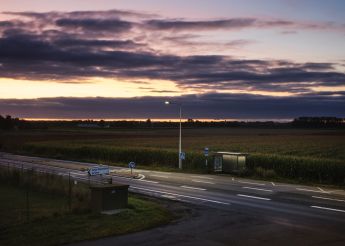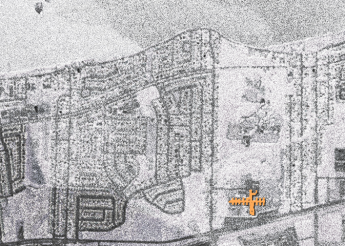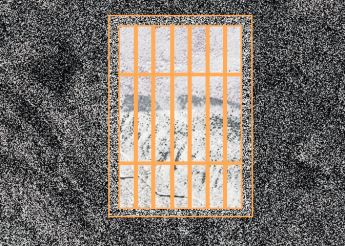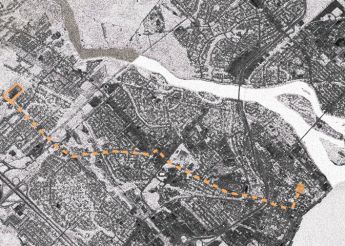AD. Despite everything I can see some progress. It was the first time that such a diverse group of members of civil society (actors from trade unions, associations and other economic, social and political fields) worked together on the issue of prisoner reintegration. The awareness is there, it has been shared and now it needs to be nurtured. I hope there will be a report to follow on from that one to take stock of what has already been set in motion.
For example, France is starting to make progress on the issue of work in prison. Improvements to working conditions are underway. We debated a lot on the issue of contracts and labour rights. It was no walk in the park, but now it is set down in law that working prisoners have legal protection, health insurance and unemployment benefits. That is progress. There are still huge weak points, notably the existence of piecework.
Another thing was the development of community service. This has a role in changing how prisons are seen. Here we should highlight the work of the Community Service and Professional Integration Agency (l’Agence du travail d’intérêt général et de l’insertion professionnelle, ATIGIP), thanks to which more and more businesses are going to be able to facilitate community service (travaux d’intérêt général, TIG).
Nonetheless, there are lots of things which have been left untouched. I remain convinced that we need to work on a prisoner’s path to reintegration from the moment their sentence begins. The judge and every prison official must point people towards education, their rights, healthcare, training and employment from the very start of their sentence. We have a lot of work ahead of us. How do we inscribe this path into the law? There are mechanisms in place for children under the care or supervision of social services and for elderly dependants. Something built on a similar principle could be envisaged for prisoners.
The second significant area to work on that I can see is ensuring the participation of incarcerated people. I am convinced that if we give people the opportunity to act, that will play a role in that all-important “penny drop” moment. It is the basis of public education to teach people not to think of themselves as less than nothing, but instead as people with real value, competencies, abilities, something to say and so a place in society. We need to do more to give prisoners the right to express themselves, this is something which is cruelly lacking in prison. To me that needs to be part of a prison’s whole purpose.
The person who leaves prison should not be the same one who arrived. Right now, prison does not have this transformative power. Frankly, right now prisons manage what comes in, what leaves, and inventory. There is no hint of a prison which supports, trains and transforms people. I would like to hear people talk about training and education instead of the flow of prisoners in and out, incidents and which prisoners need to be sent where. Whether we’re talking about teaching citizenship, culture, or facilitating sporting activities… Staff are just bogged down in this daily management of moving prisoners here and there, incidents and emergencies. We need to take a serious look at how prisons work. We have to rethink buildings, architecture and locations in order to put security and reintegration on the same playing field. In France, however, perhaps we should start the movement by building the Release Support Structures (Structures d’accompagnement à la sortie, SAS).







